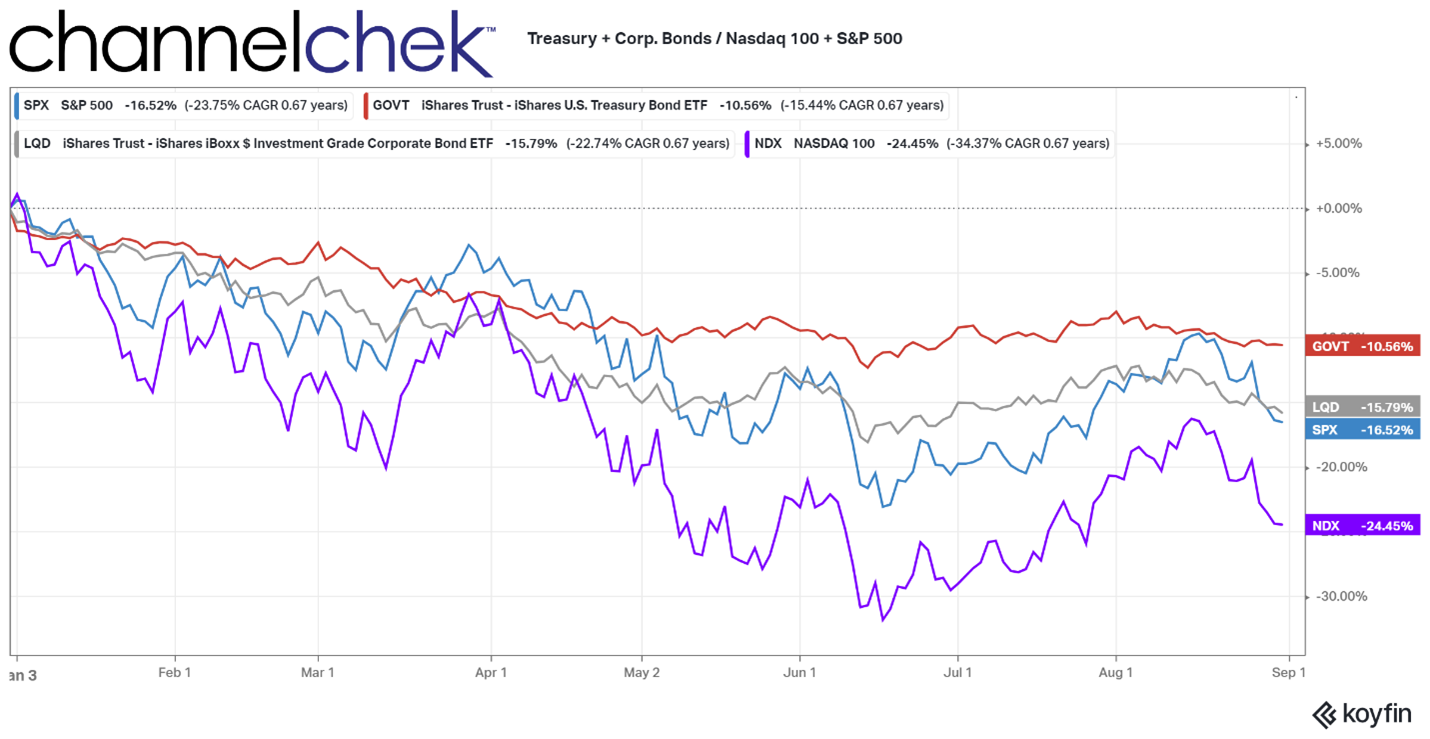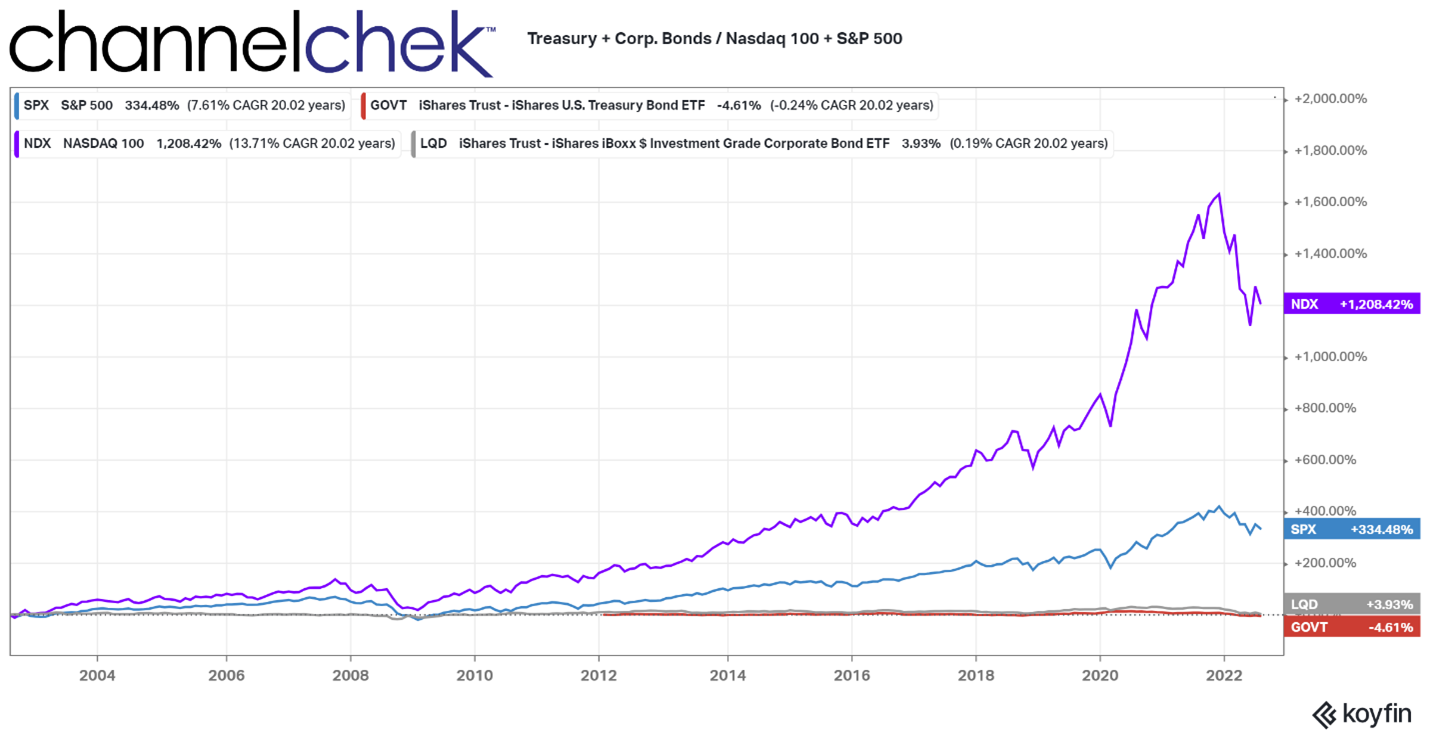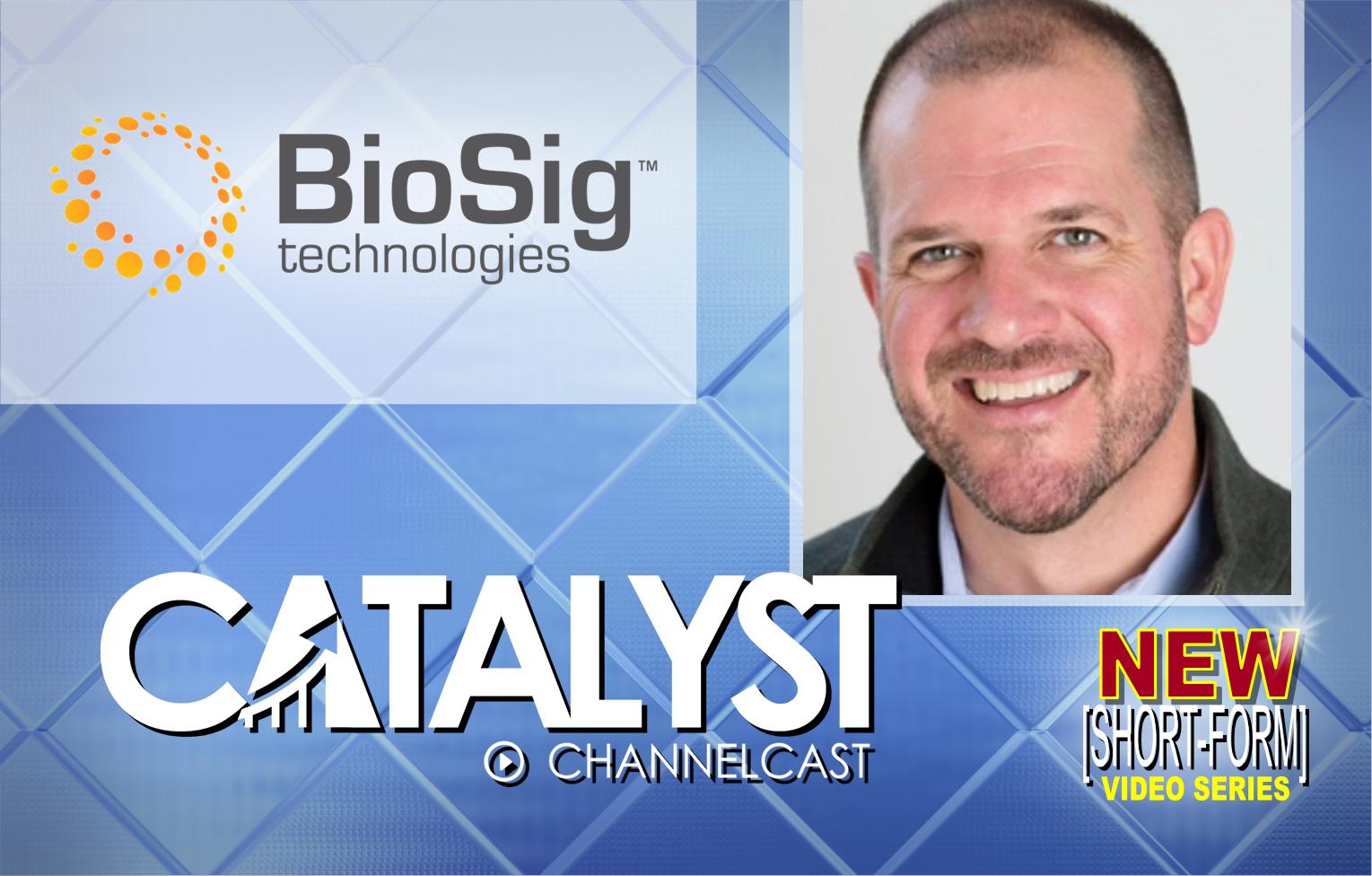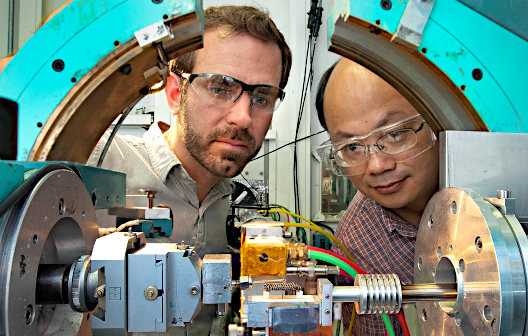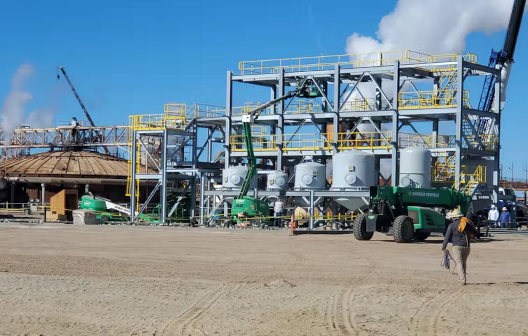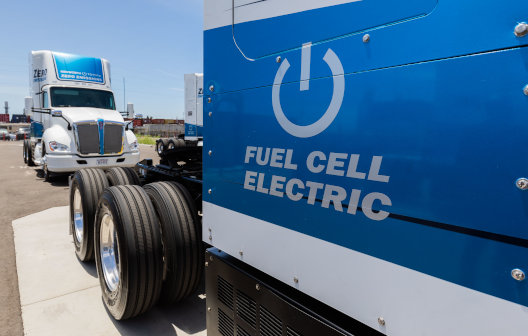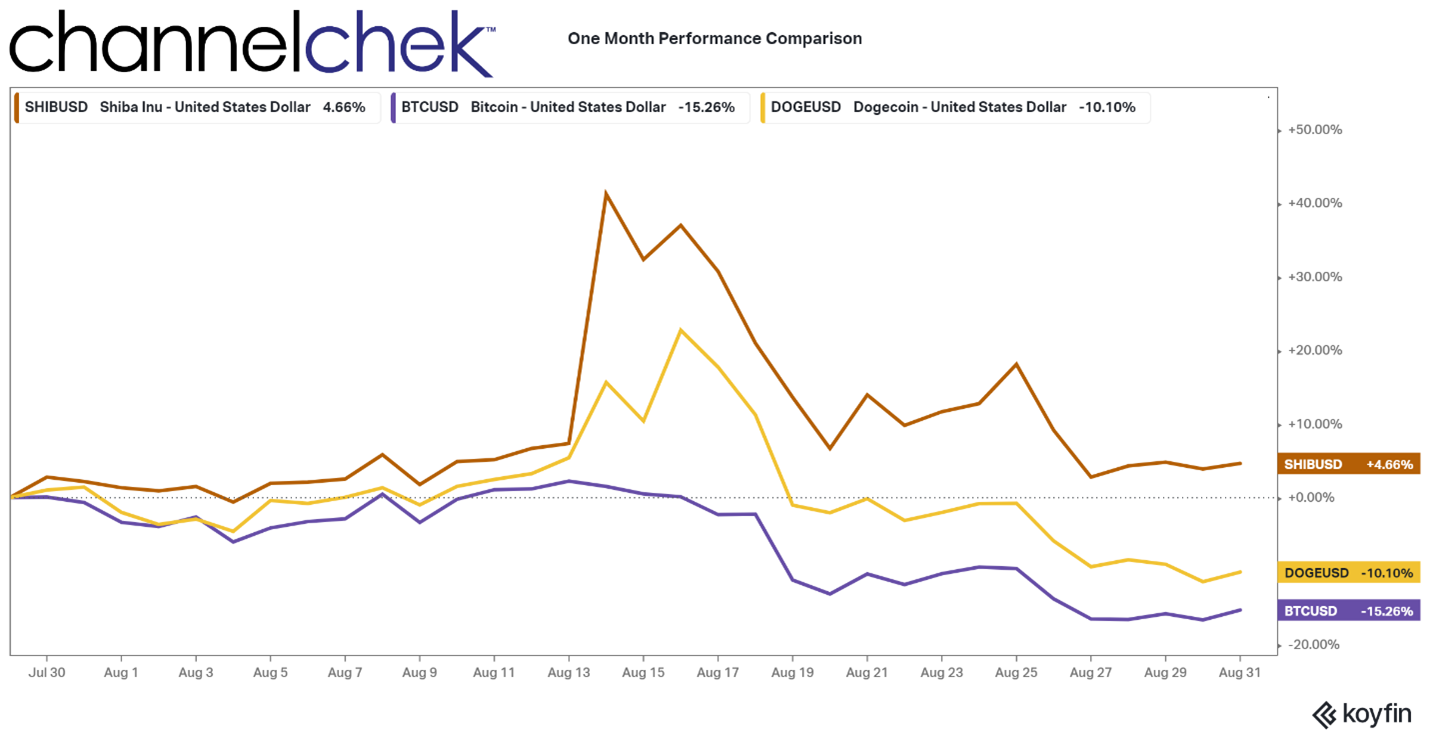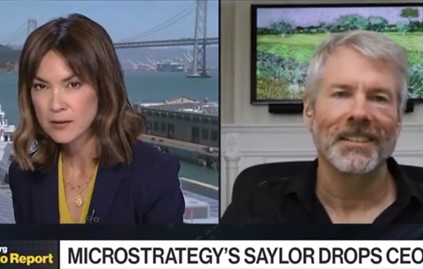
1-800-FLOWERS.COM, Inc. Reports Revenue Growth of 4.0 Percent To $2.21 Billion for its Fiscal 2022 Full Year
Research, News, and Market Data on 1-800-FLOWERS.COM
Sep 01, 2022
Full Year Highlights:
- Total Net Revenues
increased 4.0 percent to a record $2.21
billion, compared with $2.12
billion in the prior year.
- Net Income was $29.6
million, or $0.45 per
diluted share, compared with Net Income of $118.7
million, or $1.78 per
diluted share, in the prior year period. Adjusted Net Income1 was $32.9
million, or $0.50 per
diluted share, compared with $122.6
million, or $1.84 per
diluted share, in the prior year.
- Adjusted EBITDA1 was $99.0
million, compared with $213.1
million in the prior year, primarily reflecting significantly
higher year-over-year cost increases in labor, shipping, commodities, and
digital marketing.
Fourth Quarter Highlights:
- Total Net Revenues were $485.9
million, compared with $487.0
million in the prior year period.
- Net Loss was $22.3
million, or ($0.34)
per share, compared with net income of $13.3
million, or $0.20 per
diluted share, in the prior year period. Adjusted Net Loss1 was $21.8
million, or ($0.34)
per share, compared with Adjusted Net Income1 of $13.3
million, or $0.20 per
diluted share in the prior year period.
- Adjusted EBITDA1 loss was $16.8
million, compared with Adjusted EBITDA1 of $30.2
million in the prior year period, primarily reflecting
significantly higher year-over-year cost increases in labor, shipping,
commodities, and digital marketing.
(1 Refer to “Definitions of Non-GAAP Financial Measures” and
the tables attached at the end of this press release for reconciliation of
Non-GAAP (“Adjusted”) results to applicable GAAP results.)
JERICHO, N.Y.–(BUSINESS WIRE)– 1-800-FLOWERS.COM, Inc. (NASDAQ: FLWS), a leading provider of gifts designed to help inspire customers to give more, connect more, and build more and better relationships, today reported results for its fiscal 2022 fourth quarter and full year ended July 3, 2022.
Chris McCann, CEO of 1-800-FLOWERS.COM, Inc., said, “We finished our fiscal year 2022 with revenues essentially flat in our fourth quarter and full year revenues up 4.0 percent compared with the prior year, and up more than 75 percent compared with our fiscal 2019, prior to the pandemic. Our growth for the year illustrates our ability to retain and build on the gains we achieved over the past two years despite macroeconomic uncertainty and changes in consumer behavior. This reflects the healthy growth we have seen in our customer file combined with our expanded product offering and our ever-increasing focus on engaging with our customers through a combination of highly relevant content and unique experiences.
“Inflationary cost increases continued to pose challenges for us in both the fourth quarter and full year. The unprecedented, rapid rise in costs impacted our gross margins and operating expenses – including labor, shipping, commodities, and digital marketing. As a result, our bottom-line results for both the fourth quarter and the full year came in below our expectations.”
McCann said that the Company is focused on addressing those cost issues that are within its control by leveraging its balance sheet to invest in its operating platform, including ongoing investments to automate warehouse and distribution facilities, optimize outbound shipping operations and buy and build inventory early. “We anticipate that the combination of our investments, along with strategic pricing programs and moderation in cost inputs, will enable us to gradually improve our gross margins and our bottom-line results during the latter half of our current fiscal year.”
McCann noted that, during the fourth quarter and throughout the fiscal year, the Company continued to execute on its initiatives to “build a community with our customers. Our expanding range of communication channels feature relevant content, like our weekly Celebrations Pulse Newsletter, and interactive engagement opportunities, like our Alice’s Table® events. Taken together with our expanded product offerings, these initiatives helped us attract more than 1.5 million new customers during the fourth quarter and more than 5.0 million for the year. In addition, membership in our Celebrations Passport® loyalty program continued to grow at a double-digit rate for the year. We believe the significant size and robust growth of our customer file and our Celebrations Passport loyalty program over the past several years, along with our expanded product offerings, positions us well to help inspire customers to give more, connect more, and build more and better relationships and continue to grow our business over the long term.”
Fiscal 2022 Fourth Quarter
Results:
For the fourth quarter of 2022, total net revenues were
$485.9 million
, down 0.2 percent compared with
$487.0 million
in the prior year period. Excluding contributions from Vital Choice®, which the Company acquired in October of 2021, total revenue for the quarter was down 1.5 percent, compared with the prior year period. Revenues for the quarter increased 87.3 percent compared with total revenues of
$259.4 million
in the fourth quarter of fiscal 2019, prior to the pandemic.
Gross profit margin for the quarter was 33.7 percent, down 700 basis points, compared with 40.7 percent in the prior year period, primarily reflecting significantly increased costs for labor, shipping, and commodities as well as write downs of perishable inventory. Operating expenses as a percent of total revenues was 39.2 percent, representing an increase of 170 basis points, compared with 37.5 percent in the prior year period. This primarily reflects higher digital marketing spend as well as higher depreciation, offset in part by lower incentive compensation and the performance of our non-qualified deferred compensation plan, compared with the prior year period.
As a result, Adjusted EBITDA1 loss was
$16.8 million
, compared with Adjusted EBITDA1 of
$30.2 million
in the prior year period, primarily reflecting significantly higher year-over-year costs for labor, shipping, commodities, and digital marketing. Net Loss was
$22.3 million
, or (
$0.34) per share, compared with net income of
$13.3 million
, or
$0.20 per diluted share, in the prior year period. Adjusted Net Loss1 was
$21.8 million, or (
$0.34) per share, compared with Adjusted Net Income1 of
$13.3, or
$0.20 per diluted share in the prior year period.
Fiscal 2022 Full Year Results:
Total net revenues for the full year increased 4.0 percent to
$2.21 billion
, compared with
$2.12 billion
in the prior year. This increase reflected growth across the Company’s three business segments, and includes the contributions from Vital Choice and Personalization Mall®, which were acquired in October 2021 and August 2020, respectively. On a pro-forma basis, total net revenues grew 2.5 percent compared with the prior year. Total net revenues grew 76.8 percent compared with total net revenues of
$1.25 billion
in fiscal 2019, prior to the pandemic.
Gross profit margin for the year was 37.2 percent, down 500 basis points, compared with 42.2 percent in the prior year. This primarily reflected significantly increased costs for labor, shipping, commodities and the write down of perishable inventories. Operating expense as a percent of total revenues was 35.3 percent, representing an increase of 10 basis points, compared with 35.2 percent in the prior year. As a result, Adjusted EBITDA1 was
$99.0 million
, compared with
$213.1 million
in the prior year. Net Income was
$29.6 million
, or
$0.45 per diluted share, compared with Net Income of
$118.7 million
, or
$1.78 per diluted share, in the prior year period. Adjusted Net Income1 was
$32.9 million
, or
$0.50 per diluted share, compared with
$122.6 million
, or
$1.84 per diluted share, in the prior year.
SEGMENT RESULTS:
The Company provides fiscal 2022 fourth quarter and full year selected financial results for its Gourmet Foods and Gift Baskets, Consumer Floral and Gifts, and BloomNet® segments in the tables attached to this release and as follows:
- Gourmet Foods and Gift Baskets: Revenue for the quarter was
$148.4 million
, down 2.4 percent compared with
$152.2 million
in the prior year period. Excluding Vital Choice®, which the Company acquired in October 2021, revenue for the quarter was
$142.7 million
. Revenue for the quarter was up 104.9 percent compared to the same period in the Company’s fiscal 2019 fourth quarter. Gross profit margin was 23.2 percent, compared with 38.9 percent in the prior year period. Segment contribution margin1 loss was
$23.7 million
, compared with segment contribution margin of
$4.2 million
in the prior year period. This primarily reflected higher labor, shipping, commodity costs and perishable inventory write downs, as well as higher year-over-year marketing rates. For the year, revenue in this segment increased 5.1 percent to
$1.0 billion
, compared with
$955.6 million
in the prior year. Revenue increased 54.9 percent, compared with revenue in the Company’s fiscal year 2019, prior to the pandemic. Gross profit margin for the year was 34.2 percent, compared with 42.9 percent in the prior year. Adjusted segment contribution margin1 for the year was
$64.9 million, compared with
$148.9 million in the prior year.
- Consumer Floral &
Gifts: Revenue for the quarter increased 0.4 percent to
$299.0 million
, compared with
$297.7 million
in the prior year period. Revenues for the quarter increased 87.2 percent compared with the same period in the Company’s fiscal 2019 fourth quarter. Gross profit margin was 38.0 percent, compared with 41.1 percent in the prior year period, primarily reflecting increased labor and shipping costs. Segment contribution margin1 was
$26.4 million
, compared with
$41.2 million
in the prior year period. This primarily reflected the lower gross margin combined with higher, year-over-year digital marketing rates. For the year, revenues increased 3.4 percent to
$1.06 billion
, compared with
$1.03 billion
in the prior year. Revenues increased 112.9 percent, compared with the Company’s fiscal year 2019. Gross margin was 39.3 percent, compared with 41.1 percent in the prior year. Segment contribution margin1 was
$104.3 million
, compared with
$128.6 million
in the prior year.
- BloomNet: Revenue for the quarter increased 3.2 percent to
$38.5 million
, compared with
$37.3 million
in the prior year period. Revenue for the quarter was up 41.2 percent compared to the same period in the Company’s fiscal 2019 fourth quarter. Gross profit margin was 39.6 percent, compared with 43.2 percent in the prior year period, primarily reflecting higher shipping costs as well as product mix. Segment contribution margin1 was
$10.0 million
, compared with
$11.3 million
in the prior year period. For the year, revenue increased 1.9 percent to
$145.7 million
, compared with
$142.9 million
in the prior year. Revenue increased 41.6 percent, compared with the Company’s fiscal year 2019. Gross profit margin was 42.3 percent, compared with 45.5 percent in the prior year. Segment contribution margin1 for the year was
$42.5 million
, compared with
$45.9 million
in the prior year.
COMPANY GUIDANCE
- Based on the highly unpredictable nature of the current macro economy, the Company has decided to provide guidance on a quarter-by-quarter basis, including current business trends to date at the time of its regular quarterly results releases.
- Through the first two months of the Company’s current fiscal first quarter, we have seen continued cautious consumer spending behavior reflecting the impact of price inflation, particularly in food and gasoline. As a result, the Company anticipates that its fiscal first quarter revenues will be down in a range of 3.0-to-6.0 percent, compared with the prior year period.
- In terms of cost inputs, the Company anticipates that year-over-year costs for labor, shipping, commodities, and digital marketing will remain high through the first quarter, compared with the prior year period.
- As a result, the Company anticipates that its Adjusted EBITDA loss1 for the current fiscal first quarter will be in a range of
$28.0 million
-to-
$33.0 million.
- Looking ahead, the Company anticipates that the combination of the investments it has made – and continues to make – in its business platform, along with strategic pricing programs and moderation of cost inputs, will enable it to gradually achieve improved gross margins and bottom-line results during the latter half of the current fiscal year.
- For the full year, the Company anticipates reduced capital expenditures as well as lower working capital needs compared with the prior year. As a result, the Company expects to generate substantial positive year-over-year free cash flow.
Definitions of non-GAAP
Financial Measures:
We sometimes use financial measures derived from consolidated financial information, but not presented in our financial statements prepared in accordance with
U.S. generally accepted accounting principles (“GAAP”). Certain of these are considered “non-GAAP financial measures” under the
U.S. Securities and Exchange Commission rules. Non-GAAP financial measures referred to in this document are either labeled as “non-GAAP” or designated as such with a “1”. See below for definitions and the reasons why we use these non-GAAP financial measures. Where applicable, see the Selected Financial Information below for reconciliations of these non-GAAP measures to their most directly comparable GAAP financial measures. Reconciliations for forward-looking figures would require unreasonable efforts at this time because of the uncertainty and variability of the nature and amount of certain components of various necessary GAAP components, including, for example, those related to compensation, tax items, amortization or others that may arise during the year, and the Company’s management believes such reconciliations would imply a degree of precision that would be confusing or misleading to investors. For the same reasons, the Company is unable to address the probable significance of the unavailable information. The lack of such reconciling information should be considered when assessing the impact of such disclosures.
EBITDA
and Adjusted EBITDA
We define EBITDA as net income (loss) before interest, taxes, depreciation, and amortization. Adjusted EBITDA is defined as EBITDA adjusted for the impact of stock-based compensation, Non-Qualified Plan Investment appreciation/depreciation, and for certain items affecting period-to-period comparability. See Selected Financial Information for details on how EBITDA and Adjusted EBITDA were calculated for each period presented. The Company presents EBITDA and Adjusted EBITDA because it considers such information meaningful supplemental measures of its performance and believes such information is frequently used by the investment community in the evaluation of similarly situated companies. The Company uses EBITDA and Adjusted EBITDA as factors to determine the total amount of incentive compensation available to be awarded to executive officers and other employees. The Company’s credit agreement uses EBITDA and Adjusted EBITDA to determine its interest rate and to measure compliance with certain covenants. EBITDA and Adjusted EBITDA are also used by the Company to evaluate and price potential acquisition candidates. EBITDA and Adjusted EBITDA have limitations as analytical tools and should not be considered in isolation or as a substitute for analysis of the Company’s results as reported under GAAP. Some of the limitations are: (a) EBITDA and Adjusted EBITDA do not reflect changes in, or cash requirements for, the Company’s working capital needs; (b) EBITDA and Adjusted EBITDA do not reflect the significant interest expense, or the cash requirements necessary to service interest or principal payments, on the Company’s debts; and (c) although depreciation and amortization are non-cash charges, the assets being depreciated and amortized may have to be replaced in the future and EBITDA does not reflect any cash requirements for such capital expenditures. EBITDA and Adjusted EBITDA should only be used on a supplemental basis combined with GAAP results when evaluating the Company’s performance.
Segment
Contribution Margin and Adjusted Segment Contribution Margin
We define Segment Contribution Margin as earnings before interest, taxes, depreciation, and amortization, before the allocation of corporate overhead expenses. Adjusted Contribution Margin is defined as Contribution Margin adjusted for certain items affecting period-to-period comparability. See Selected Financial Information for details on how Segment Contribution Margin and Adjusted Segment Contribution Margin were calculated for each period presented. When viewed together with our GAAP results, we believe Segment Contribution Margin and Adjusted Segment Contribution Margin provide management and users of the financial statements meaningful information about the performance of our business segments. Segment Contribution Margin and Adjusted Segment Contribution Margin are used in addition to and in conjunction with results presented in accordance with GAAP and should not be relied upon to the exclusion of GAAP financial measures. The material limitation associated with the use of Segment Contribution Margin and Adjusted Segment Contribution Margin is that they are an incomplete measure of profitability as they do not include all operating expenses or non-operating income and expenses. Management compensates for these limitations when using this measure by looking at other GAAP measures, such as Operating Income and Net Income.
Adjusted
Net Income (Loss) and Adjusted or Comparable Net Income (Loss) Per Common Share:
We define Adjusted Net Income (Loss) and Adjusted or Comparable Net Income (Loss) Per Common Share as Net Income (Loss) and Net Income (Loss) Per Common Share adjusted for certain items affecting period-to-period comparability. See Selected Financial Information below for details on how Adjusted Net Income (Loss) Per Common Share and Adjusted or Comparable Net Income (Loss) Per Common Share were calculated for each period presented. We believe that Adjusted Net Income (Loss) and Adjusted or Comparable Net Income (Loss) Per Common Share are meaningful measures because they increase the comparability of period-to-period results. Since these are not measures of performance calculated in accordance with GAAP, they should not be considered in isolation of, or as a substitute for, GAAP Net Income (Loss) and Net Income (Loss) Per Common share, as indicators of operating performance and they may not be comparable to similarly titled measures employed by other companies.
Free
Cash Flow:
We define Free Cash Flow as net cash provided by operating activities less capital expenditures. The Company considers Free Cash Flow to be a liquidity measure that provides useful information to management and investors about the amount of cash generated by the business after the purchases of fixed assets, which can then be used to, among other things, invest in the Company’s business, make strategic acquisitions, strengthen the balance sheet, and repurchase stock or retire debt. Free Cash Flow is a liquidity measure that is frequently used by the investment community in the evaluation of similarly situated companies. Since Free Cash Flow is not a measure of performance calculated in accordance with GAAP, it should not be considered in isolation or as a substitute for analysis of the Company’s results as reported under GAAP. A limitation of the utility of free cash flow as a measure of financial performance is that it does not represent the total increase or decrease in the Company’s cash balance for the period.
About 1-800-FLOWERS.COM,
Inc.
1-800-FLOWERS.COM, Inc. is a leading provider of gifts designed to help inspire customers to give more, connect more, and build more and better relationships. The Company’s e-commerce business platform features an all-star family of brands, including: 1-800-Flowers.com®, 1-800-Baskets.com®, Cheryl’s Cookies®, Harry & David®, PersonalizationMall.com®, Shari’s Berries®, FruitBouquets.com®, Moose Munch®, The Popcorn Factory®, Wolferman’s Bakery®, Vital Choice®, Stock Yards® and Simply Chocolate®. Through the Celebrations Passport® loyalty program, which provides members with free standard shipping and no service charge across our portfolio of brands, 1-800-FLOWERS.COM, Inc. strives to deepen relationships with customers. The Company also operates BloomNet®, an international floral and gift industry service provider offering a broad-range of products and services designed to help members grow their businesses profitably; Napco?, a resource for floral gifts and seasonal décor; DesignPac Gifts, LLC, a manufacturer of gift baskets and towers; and Alice’s Table®, a lifestyle business offering fully digital livestreaming floral, culinary and other experiences to guests across the country. 1-800-FLOWERS.COM, Inc. was recognized among the top 5 on the National Retail Federation’s 2021 Hot 25 Retailers list, which ranks the nation’s fastest-growing retail companies, and was named to the Fortune 1000 list in 2022. Shares in 1-800-FLOWERS.COM, Inc. are traded on the NASDAQ Global Select Market, ticker symbol: FLWS. For more information, visit 1800flowersinc.com or follow @1800FLOWERSInc on Twitter.
FLWS-COMP
FLWS-FN
Special Note Regarding Forward
Looking Statements:
This press release contains forward-looking statements within the meaning of the Private Securities Litigation Reform Act of 1995. These forward-looking statements represent the Company’s current expectations or beliefs concerning future events and can generally be identified using statements that include words such as “estimate,” “expects,” “project,” “believe,” “anticipate,” “intend,” “plan,” “foresee,” “forecast,” “likely,” “will,” “target” or similar words or phrases. These forward-looking statements are subject to risks, uncertainties, and other factors, many of which are outside of the Company’s control, which could cause actual results to differ materially from the results expressed or implied in the forward-looking statements, including, but not limited to, statements regarding the Company’s ability to achieve its guidance for the fiscal year 2023 first quarter, the latter half of the current fiscal year and the full fiscal year; the impact of the Covid-19 pandemic on the Company; its ability to leverage its operating platform and reduce operating expense ratio; its ability to successfully integrate acquired businesses and assets; its ability to successfully execute its strategic initiatives; its ability to cost effectively acquire and retain customers; the outcome of contingencies, including legal proceedings in the normal course of business; its ability to compete against existing and new competitors; its ability to manage expenses associated with sales and marketing and necessary general and administrative and technology investments; its ability to reduce promotional activities and achieve more efficient marketing programs; and general consumer sentiment and industry and economic conditions that may affect levels of discretionary customer purchases of the Company’s products. The Company undertakes no obligation to publicly update any of the forward-looking statements, whether because of new information, future events or otherwise, made in this release or in any of its SEC filings. Consequently, you should not consider any such list to be a complete set of all potential risks and uncertainties. For a more detailed description of these and other risk factors, refer to the Company’s SEC filings, including the Company’s Annual Reports on Form 10-K and its Quarterly Reports on Form 10-Q.
Conference Call:
The Company will conduct a conference call to discuss the above details and attached financial results today, Thursday, September 1, at 8:00 a.m. (ET). The conference call will be webcast from the Investor Relations section of the Company’s website at www.1800flowersinc.com. A recording of the call will be posted on the Investor Relations section of the Company’s website within two hours of the call’s completion. A telephonic replay of the call can be accessed beginning at 2:00 p.m. (ET) today, through September 8, 2022, at: (US) 1-877-344-7529; (
Canada) 855-669-9658; (International) 1-412-317-0088; enter conference ID #: 4688547. If you have any questions regarding the above information, please contact the Investor Relations office at invest@1800flowers.com.
Note: The following tables are an integral
part of this press release without which the information presented in this
press release should be considered incomplete.
View source version on businesswire.com: https://www.businesswire.com/news/home/20220901005099/en/
Investor Contact:
Joseph D. Pititto
(516) 237-6131
invest@1800flowers.com
Media Contact:
Kathleen Waugh
(516) 237-6028
kwaugh@1800flowers.com
Source: 1-800-FLOWERS.COM, Inc.

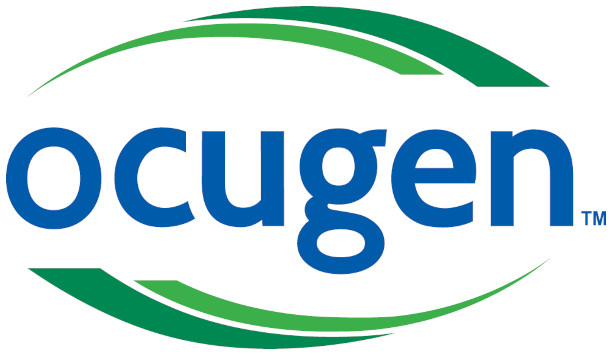



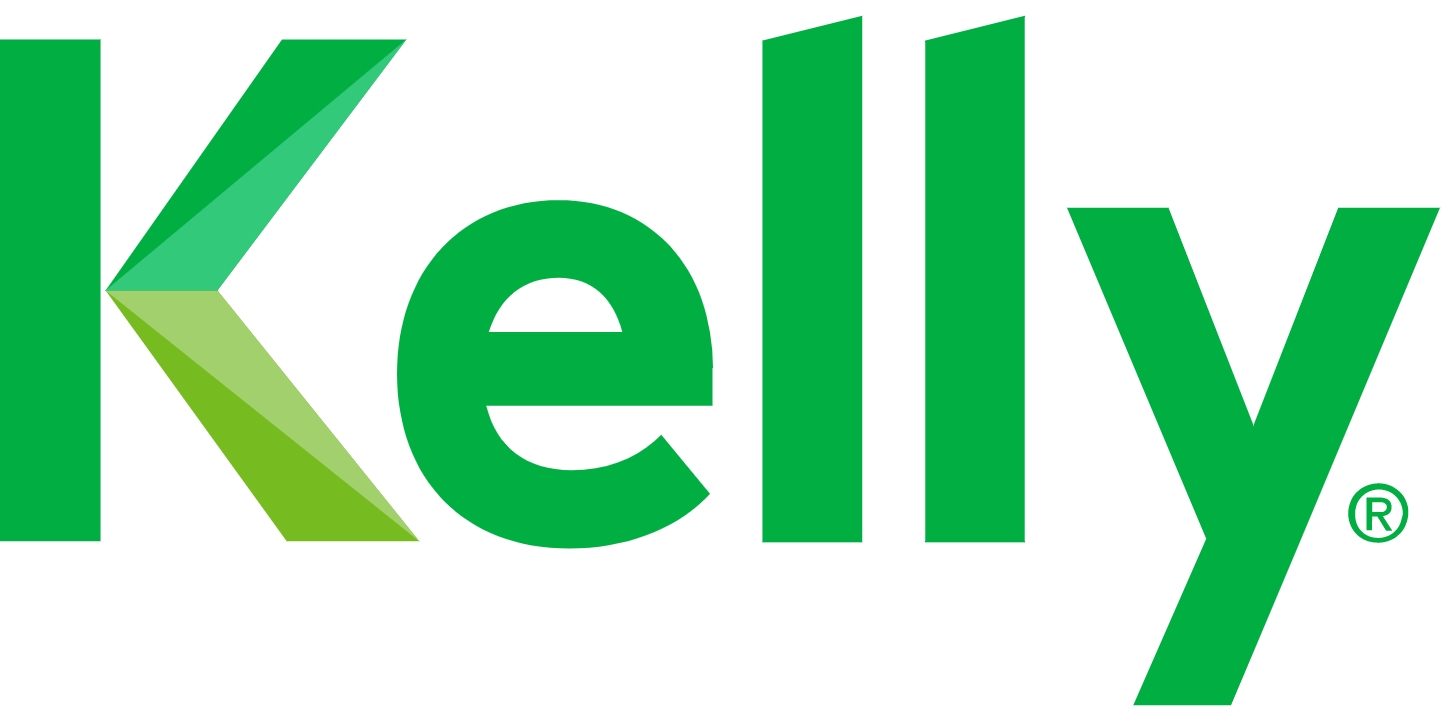

 Image Credit: Brecht Bug (Flickr)
Image Credit: Brecht Bug (Flickr)